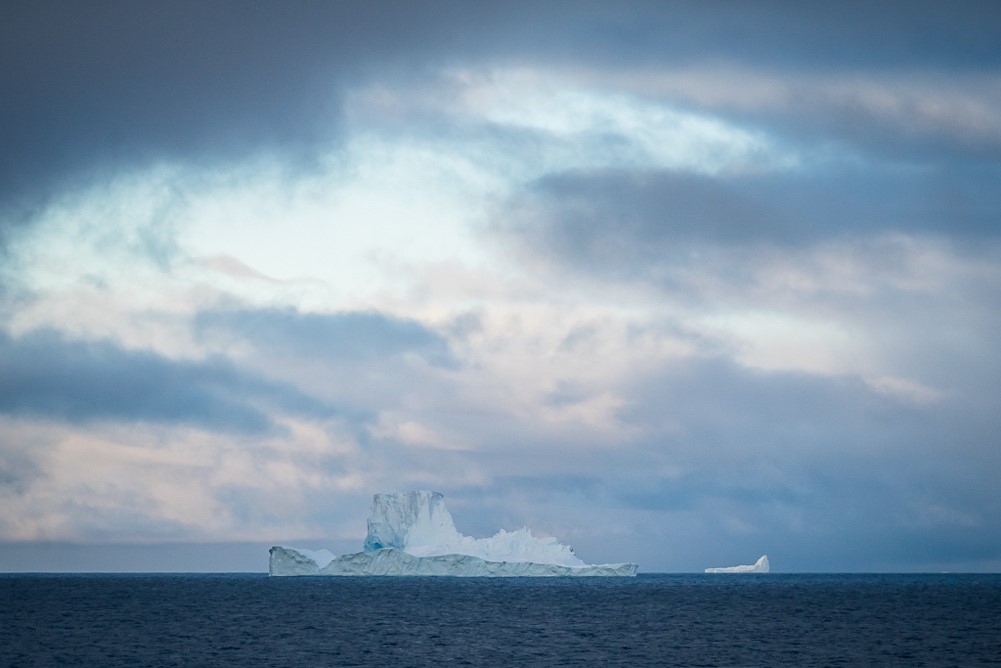“Core on deck” – a welcome announcement
14 March, 2019
Dr Claus-Dieter Hillenbrand describes what it’s like drilling sediment cores on International Ocean Discovery (IODP) Expedition 379 in the Amundsen Sea, West Antarctica.
Since the 31st of January we have been drilling at our first site (U1532), located on the West Antarctic continental rise, offshore from the Amundsen Sea Embayment. Glaciers draining into this huge embayment on the Antarctic continental shelf, where water depths are mainly around about 450 m, have lost considerable mass over the last few decades. That is why we are here; the observed changes have raised concerns that this ice loss, which is contributing to global sea-level rise, may be the prelude to a “collapse”, i.e. a rapid disintegration, of the West Antarctic Ice Sheet (WAIS).

Both computer models and geological records of past sea level high-stands from around the World suggest that the WAIS melted during past warm periods and may do so again in the future. This melting would raise global sea level on average by up to about 4 metres. Firm evidence for a past collapse of the West Antarctic Ice Sheet, however, is still elusive. This is why we want to investigate its history. To do this we are recovering long marine sedimentary cores from the ocean floor, which record the past behaviour of the ice sheet.
Our first drilling target is located near the crest and on the far end of a so-called “sediment drift”. Here in the deep sea, ocean currents have accumulated fine-grained sediment particles into a feature several hundred metres high with a shape resembling that of a dune on a beach or in a desert. The main difference between deep-water drifts and dunes is that ocean bottom currents rather than wind transported and deposited the grains which then built up over (tens of) millions of years, and the size of these particles is silt and clay rather than sand. All the material building up the drift today had been originally eroded by ice from bedrock on the Antarctic continent that was subsequently carried by glaciers to the coast. Here, the debris was released into the ocean and transported down the continental slope into the deep sea.
So far, we have drilled seven holes at drill site U1532. It is quite normal for scientists on the “JOIDES Resolution” (JR) to drill several holes at the same site, located no more than a few hundred metres apart. This helps to make sure that we get a complete sedimentary record. Sometimes sections of sediment can be lost within one sequence, that are recovered by a series of cores from a neighbouring hole. Another reason is to allow drilling deep into the seabed because when the upper tens to a few hundreds of meters of seafloor sediments have been recovered from one hole, the borehole can become unstable and prone to collapse. Therefore, another nearby hole is drilled down to the same depth without coring (which can be carried out much faster) and coring continues from there.
Each time, when a new individual core, which is typically 8-10 m long, has been retrieved, its arrival on board is announced with the words “core on deck” via the JR’s loudspeaker system. This signals to every scientist and IODP technician on shift that they have to get ready for a well orchestrated sequence of procedures. Find out more about the what happens to the core on board in my next blog.